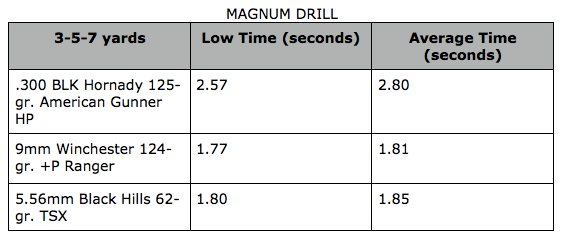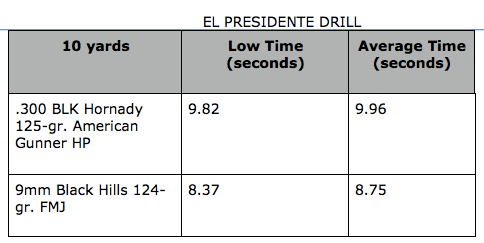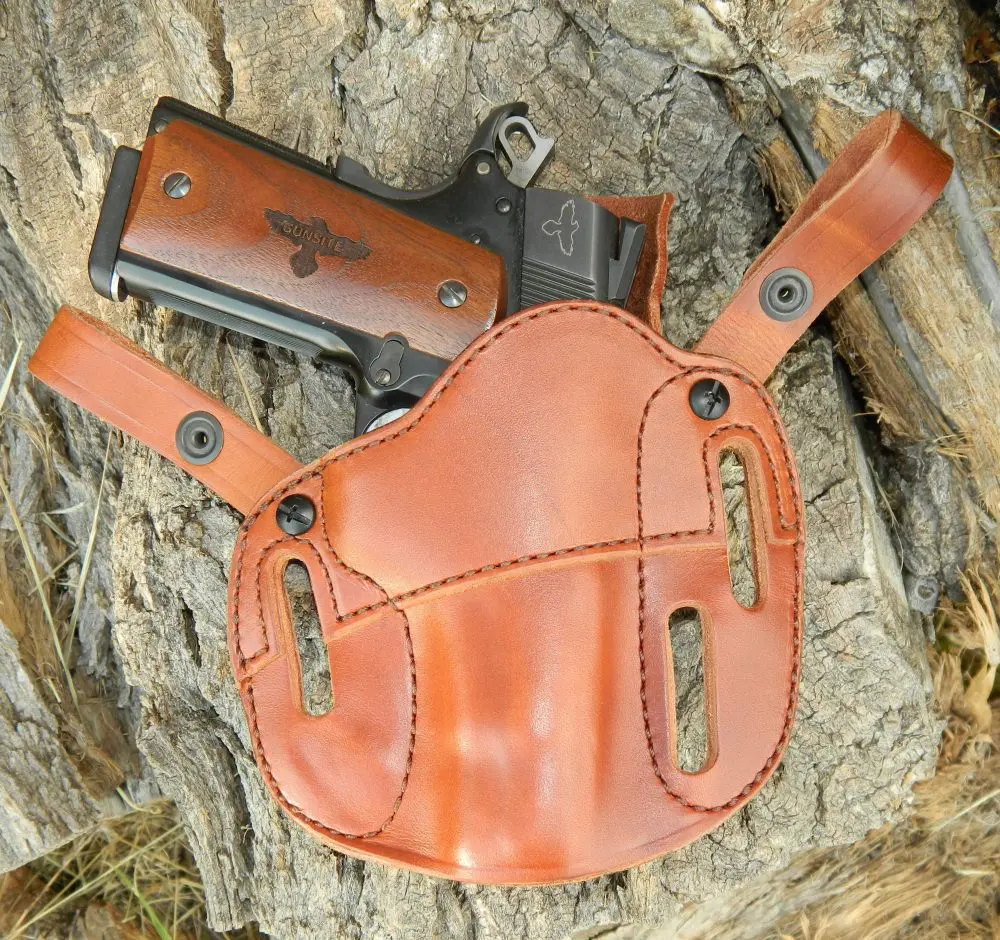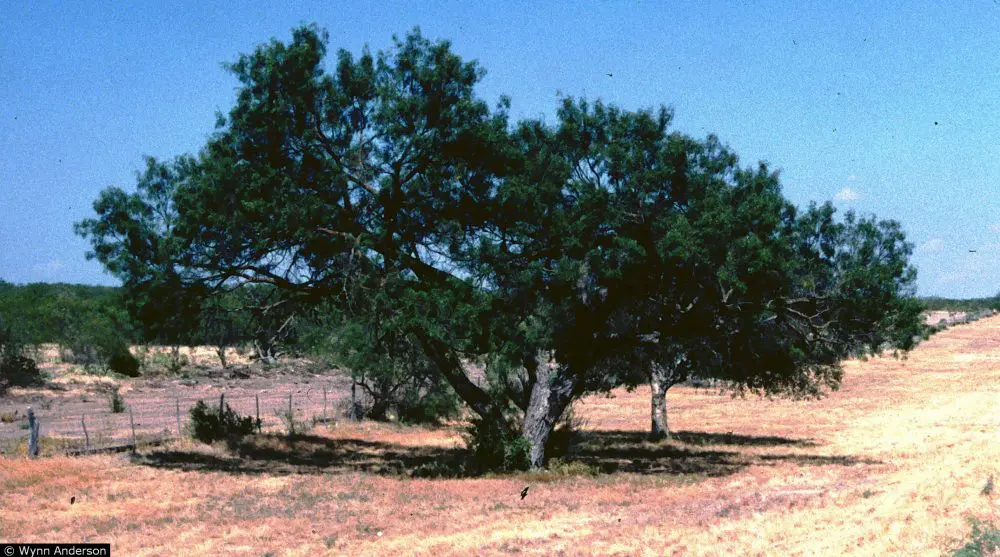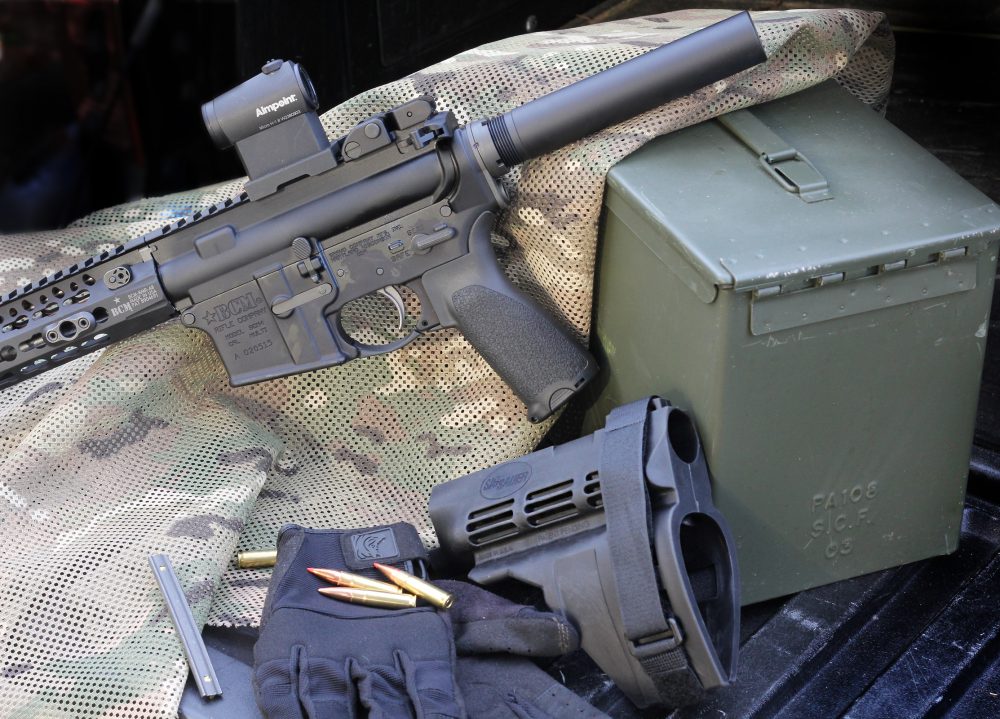
The SIG braced AR pistol was just gaining traction and becoming an intriguing option for a “near SBR” capability when the ATF changed its mind on the brace’s legality. The brace itself is still permissible, but only usable as it was submitted to the ATF; i.e., as a forearm brace and not a stock-like support for the shoulder.
This let a lot of air out of the AR pistol balloon for some. I was genuinely curious what utility the AR pistol has, particularly in the new brace-less era. When Bravo Company Manufacturing came out with .300 Blackout pistols, that was my cue to start exploring the concept.
I’ve spent most of the year shooting the BCM AR pistol, monkeying with different holds and techniques and generally seeing what the gun could do. I compared it head-to-head with a new, box-stock Glock 17 across pages of pistol drills. I stretched it out to carbine applications and compared it to a ROBAR PolymAR-15L I’ve been running.
After a healthy pile of brass and a stack of data, I’ve got some idea of what it will and won’t do.

Table of Contents
AR PISTOL IN .300 BLK
The AR pistol is not necessarily a new item. What is new is Bravo Company offering one and chambering it in .300 BLK: the BCM Recce-9 KMR-A pistol. It is available in either 9- or 12-inch trim with the tapered/fluted barrel profile that has proven so popular on the extreme lightweight line. I went with the nine-inch barrel.
The pistol ships with many of BCM’s GUNFIGHTER line of accessories. The pistol grip mates well with the close-in hand position required to cheek the pistol, and the extended charging handle gives more purchase and leverage since there is no stock to anchor and offer resistance to cycling the action. Overall weight is 4.9 pounds, and the length is approximately 25 inches. I later added a Law Tactical Folding Stock Adapter Gen 3-M to get the length down to 19 inches in transport mode.
The trim KMR-A (KeyMod Rail-Aluminum) is lightweight and offers maximum space for the support hand and KeyMod mounting points around the circumference minus the 1913 top rail. The trigger is Bravo’s new PNT, a nickel-plated milspec design of polished, hardened steel. This one broke at 6.25 pounds with a better feel than the typical stock AR trigger. A GUNFIGHTER muzzle compensator caps the barrel and earns its keep trying to keep the muzzle down.
The .300 BLK was conceptualized as a hyper-efficient suppressed cartridge that would mate with very short barrels and allow AK-like performance on the supersonic end and ultra-quiet heavy-slow on the subsonic end. The cartridge feeds through plain 5.56 magazines and uses the same bolt—only the barrels are different to account for the larger caliber.
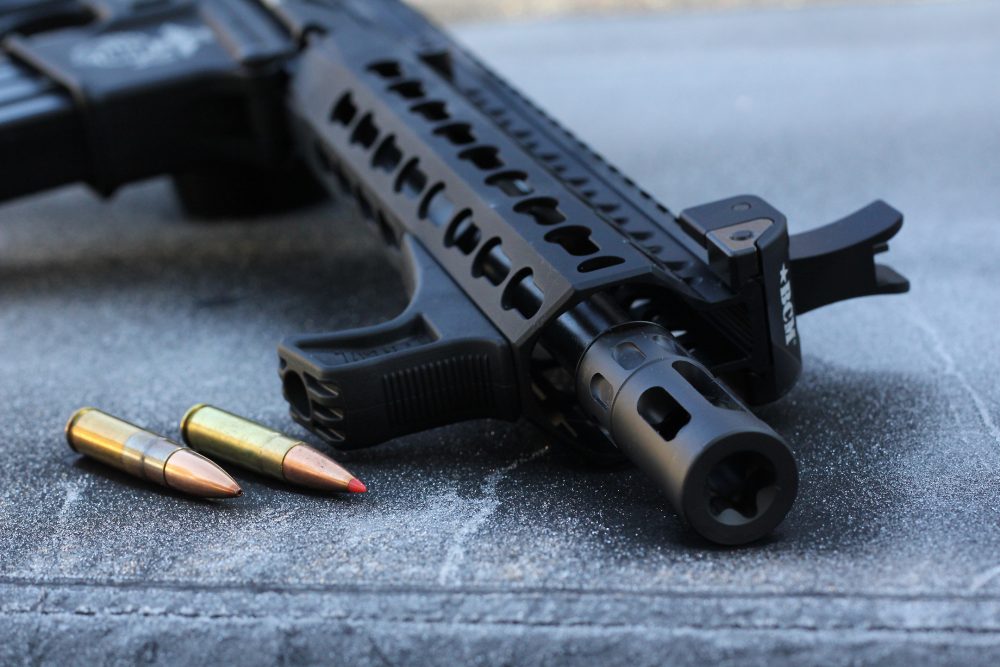
It is a great match to a pistol-length AR. Even with the modest nine-inch spout, Hornady 110-grain VMAX was outrunning the traditional 16-inch 110-grain .30 Carbine by nearly 300 feet-per-second (fps) and doing it with a projectile that tends to expand dramatically.
Black Hills and Hornady 125-grain open tip bullets at just under 2,000 fps, about 175 slower than advertised velocities with a standard 16-inch carbine upper.
The subsonics lost about 75 fps from factory specs and printed a few inches lower at 50 yards than their speedy kin. From a numbers perspective, the subsonics are a near match for weight and velocity for the old .41 Magnum police loading, with an outrageous ballistic coefficient and sectional density.
RESULTS, PLEASE
After getting a zero with the Aimpoint H-1, I warmed up at 25 yards as usual, running five shots each in 20 and 10 seconds on a B-8 bull. The dot “stuck” right in the X ring, and rolling the trigger to break the shot was too easy. The recoil teeter-tottered off well above target and back down, but the time limits seemed generous through the sight.
Black Hills 125s knotted up in the southern portion of the ten ring, a failure on my part to offset the hold enough for the Aimpoint’s height above bore. One shot had just squirted into the 9 ring, giving me a 99 of 100 possible, tying my match handgun best on the initial attempt. The shooting part was 90% of the stability and ease of a carbine, and the recoil recovery part was more akin to a handgun firing +Ps.
Breaking out the spankin’ new G17, I threw some 115-grain Hornady American Gunner XTPs in the mag and fired the same timed and rapid strings. The lousy sights and rougher-than-typical trigger (6.5 pounds by weight) on this pistol kept me from reaching my normal mid-90s average. The tally ranged from 89 to 92, with eight of ten in the black.
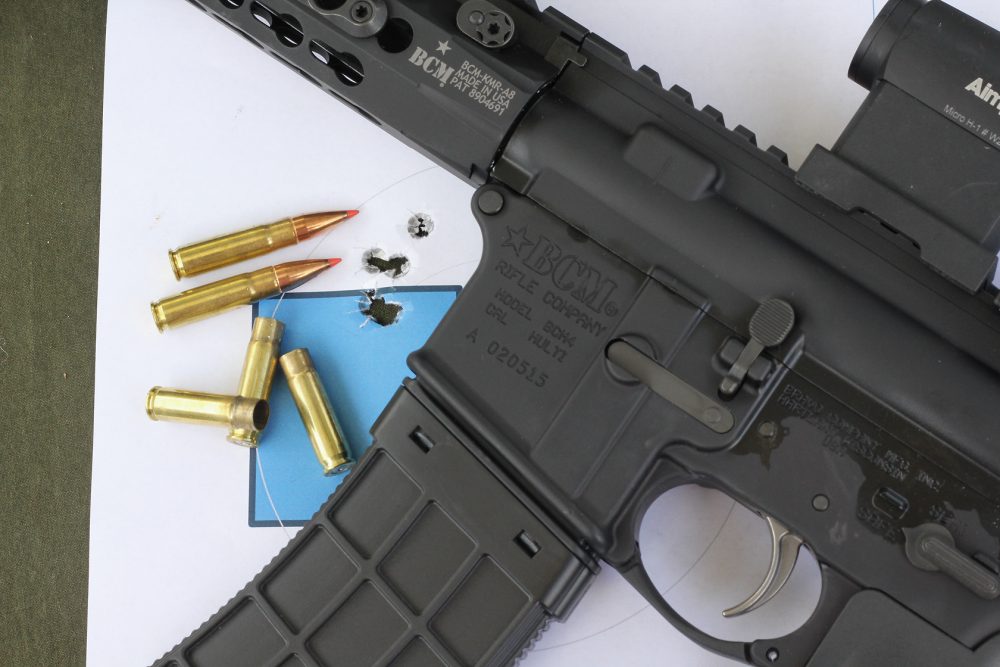
CLOSE ENCOUNTERS
As you look through the drill data tables, you can see that the close range drills favored the traditional pistol and carbine. The cheek-weld warrior simply rolls upward too far with each high-energy shot launch to hang with the Glock, particularly when the distances are “can’t miss” but follow-up shots are required.
The Magnum is one of my drills that has three silhouettes in echelon, one each at three, five, and seven yards. On the go signal, the shooter puts three on the near target, two on the middle, and finishes with a single hit to the seven-yard target in the back. It is a burner.
The stock 17 lagged my average by a tenth or so at 1.8 seconds, and the ROBAR 14.5-inch carbine was right there with it. The .300 was a full second behind despite the relative ease of the shots. The loss of the shoulder anchor really affects recovery time with the heavy rifle rounds. I ran it a couple of times with a single shot to each target just to see what would happen, and the time averaged 1.7 seconds.
As the distance increased, the gap narrowed, with the Glock still holding a comfortable lead at ten yards. On the plate rack, I swapped over to subsonic ammo in the BCM for safety on the steel. The 208-grain AMAXs had a mild report even unsuppressed, and the time to clear the plates was very similar to my averages with a revolver, but half a second slower than the 9mm toppling plates.
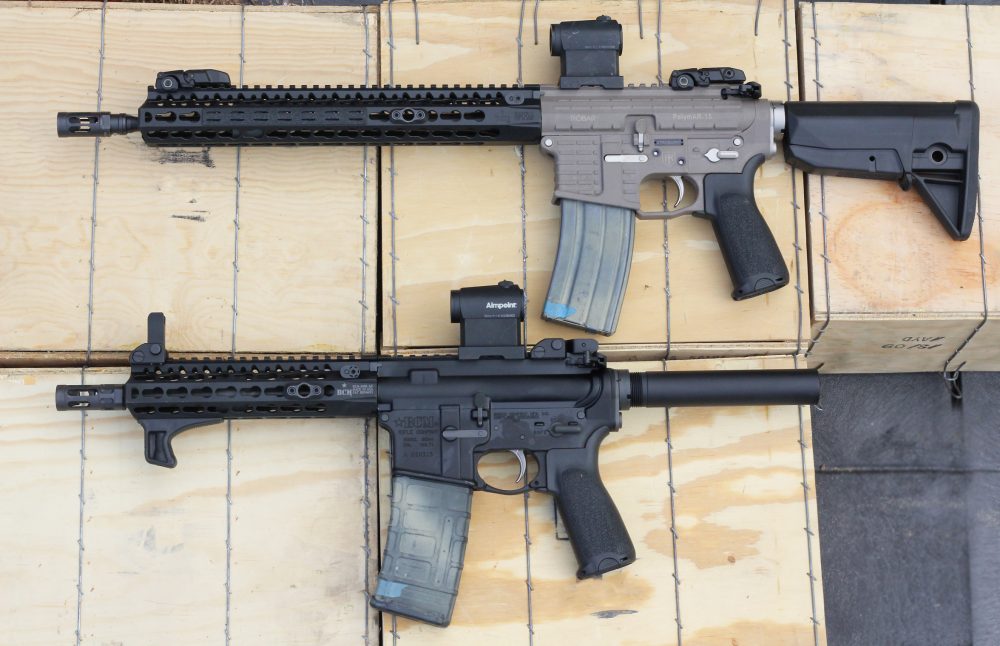
I even tried an El Presidente, starting the drill with the AR slung on a single point and hands in the surrender position as usual. The AR made the traditional ten-second cutoff, but just barely. There is a lot going on in your hands with the AR pistol rocking through an El Pres sub 10. By comparison, the Glock was pretty tame and came in at a respectable pace.
I experimented with different holds on the pistol just to see what would happen. Out of curiosity, I wrapped both hands around the GUNFIGHTER pistol grip and shot the AR as if it were a standard service auto. Hits were fine, but the gun see-sawed almost comically in recoil.
I tried the .300 pushed out in the old SAS style, with the sling giving resistance and steadying the rear. This method was sufficient and workable, but not ideal. For me the moneymaker was simply running the gun in the same overall hold and posture as with my normal rifles and relying on a little opposing push-pull as taught by noted shotgun instructor Rob Haught to control recoil and steady the front.
The rear was stabilized by a consistent and firm cheekweld and the shoulder was not involved at all, rather remaining relaxed. As an aside, shooting this way actually extensively improved my speed and consistency of mount when switching back to the carbine.

SWEET SPOT
The BCM Recce-9 KMR-A pistol has a definite sweet spot that for most shooters will run from about 15 yards out to around 100 yards. Running the plates at 25 yards with the .300 was too easy and a six-for-six proposition in five seconds.
At five seconds, I was typically only on the fourth plate with the Glock and was likely as not to require a makeup shot or two to get through the rack. Past 25 yards, the typical shooter’s hit ratio with the traditional service auto gets iffy; more so with each couple of steps out.
Running pairs on a 50-yard reduced silhouette was doable with the AR handgun in 1.5 seconds if I were on top of things. Handing the BCM off to a casual shooter, they were connecting with ease where the Glock was a maybe/probably not thing.
At 70 yards, the .300 put solid hits on an IDPA target about half a second slower than with the ROBAR PolymAR-15L, but 2.2 seconds ahead of the Glock.

Standing braced on the side of a barricade, the BCM Recce-9 zapped 125-grain Hornadys into an eight-inch steel plate five-for-five at a nice even tempo. Where the AR pistol could guarantee a deliberate hit, the typical carbine allowed me to push speed a little harder and get the same results. Getting hits on a 100-yard eight-inch plate with a stock Glock is about as likely as winning the lottery—it can happen but not on demand.
Backing off to 200 yards, the Bravo Recce-9 pistol poked a handful of Black Hills into a six-inch group from kneeling. Hits at that distance didn’t come fast: a solid position is needed to steady the gun, and a good bit of mental muscle is required to press the shot deliberately.
But I wouldn’t call hitting “hard,” just harder by a chunk than an M4.

OUT THERE
As testing continued, I had an opportunity to stretch out the Black to a full 400 yards. I met Danny Domin of RSR Targets and we set up a 10×20-inch Ready Ship Target (CLANGING STEEL: Renaissance Steel Research Ready Ship Target, January 2017 S.W.A.T.) at the 400-yard line at his club.

The target was just visible, with nice contrast against the berm, but pretty faint through the Aimpoint H-1 lenses. I checked my ballistic app on the phone to confirm my drop and sat down to shoot, bracing against a roof support post.
The drop is near a full man-height holdover (66 inches), so I held the dot up and started pressing the PNT trigger, wishing I had the last little bit of stability of a point of contact at the shoulder. Out of ten shots, two “pings” came drifting uprange.
A 400-yard hit with a stockless AR? I’ll take it! The ten-inch wide target would be a challenge with an M4 at that distance, so I was pleased. The 125-grain Black Hills open tip should have hit the target at 1,215 fps, so it was a near ballistic match for the Glock shooting the excellent Winchester Ranger 124-grain +Ps up close.
BUT WHAT’S IT FOR?
Great question. The AR pistol as we know it is largely an American phenomenon that exists only because of the National Firearms Act of 1934 and its restrictions, which seem random some 80+ years later.
But the result is a pistol that hits harder and farther than the service auto and can be legally carried ready and “concealed” via CCW in a vehicle in many states whose laws forbid ready rifles. It is perhaps the ultimate truck gun, with a short overall length and caliber that is well suited to penetrating barriers.
I see the .300 pistol as the firearm equivalent of a Treaty Cruiser in the naval arms race after World War I. The 1922 Washington Naval Treaty nixed any further battleship or heavy cruiser production, so the powers immediately developed Treaty Cruisers, which ran up to the limit of tonnage and guns permissible.
The BCM Recce-9 KMR-A Pistol gives up its stock to keep its short barrel, and the result is less effective than a short-barreled rifle, but much more effective than I would have thought.
SOURCES
BRAVO COMPANY MFG.
(877) 272-8626
www.bravocompanymfg.com
BLACK HILLS AMMUNITION
(605) 348-5150
www.black-hills.com
HORNADY MFG. CO.
(800) 338-3220
www.hornady.com
LAW TACTICAL LLC
(267) 209-0529
www.lawtactical.com
RENAISSANCE STEEL RESEARCH
(910) 742-6022
www.rsrsteeltargets.com


